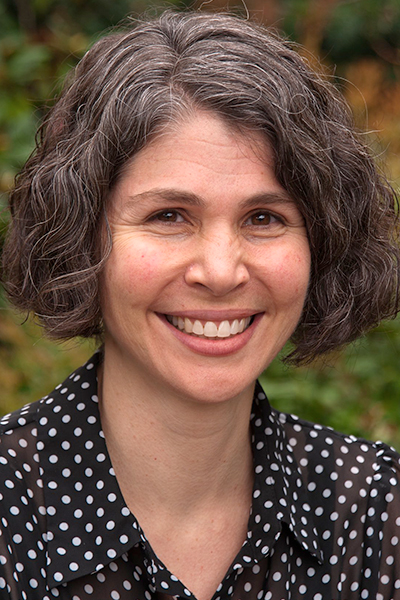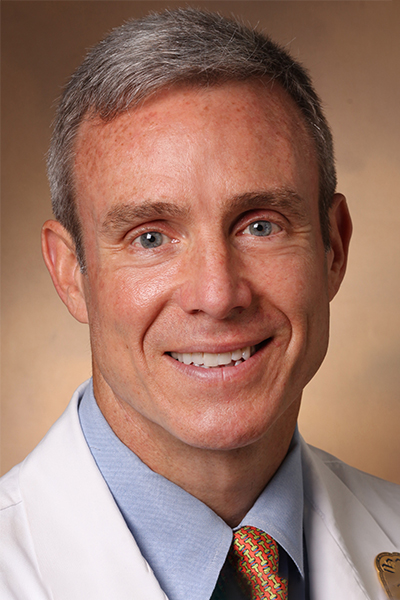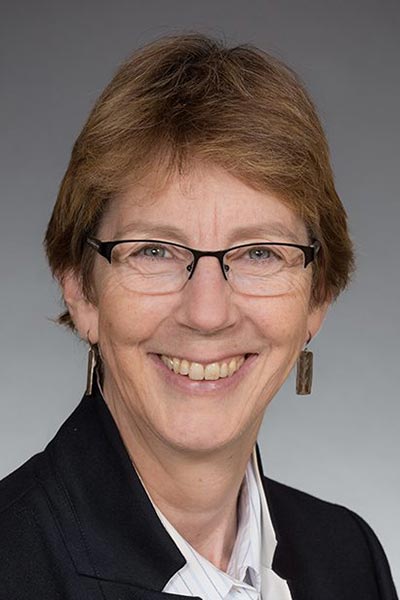
Patients who survive sepsis, COVID-19, and other critical illnesses can find themselves dealing with a variety of cognitive and physical impairments in the aftermath. The rising incidence and prevalence of these lingering health issues were the focus of a Critical Care Societies Collaborative session, The Growing Problem(s) of Post-Sepsis Syndrome, Post-ICU Syndrome, and Post-COVID Syndrome, on Sunday, October 16, at CHEST 2022.
Catherine “Terri” Hough, MD, MSc, professor and vice chair in the department of medicine and chief of the division of pulmonary and critical care medicine at Oregon Health & Science University, opened the session with a timeline of the clinical recognition of post-intensive care syndrome (PICS) and post-sepsis syndrome and a discussion of how COVID has altered the landscape.
The history of PICS started in the late 1960s, Dr. Hough said, with the recognition of the idea of intensive care and the first description of ARDS. In the 1990s, prospective studies evaluating ARDS in adults began to address health-related quality of life across physical, mental, and cognitive domains. And by the 2010s, the idea of PICS was created to help all the various stakeholders define and discuss what was happening to patients after critical illness.
“This was one really important milestone in our history,” Dr. Hough said.
Researchers then began looking beyond the ICU to all hospitalizations and introduced the idea of post-sepsis syndrome. The fruition of this work came in the early 2020s when, for the first time, the Surviving Sepsis Campaign Guidelines incorporated long-term outcomes and post-sepsis recommendations for care.
This enabled clinicians to recognize the idea of a post-COVID-19 condition much more quickly, and the field has already defined a clinical case definition, often referred to as long COVID.

Caring for the whole patient
E. Wesley Ely, MD, MPH, FCCP, professor of medicine and co-director of the Center for Critical Illness, Brain Dysfunction, and Survivorship at Vanderbilt University Medical Center, shared personal stories to help illustrate some of the difficulties patients experience after critical care.
The first was about a 25-year-old woman named Teresa who had ARDS and had been on a ventilator. After critical care treatment and discharge, she returned in a wheelchair, unable to bend her arms, swallow properly, sleep, shower, or dress.
Another patient, Sarah Beth, returned for care after ARDS. Formerly a mathematician and engineer, she had to leave her job because of cognitive challenges. Dr. Ely ordered neurocognitive imaging, which revealed a huge amount of brain tissue loss—millions of brain cells missing, he said.
“These patients changed us. They motivated us to say, ‘what is the science, and how can we drive the science forward to understand what this is?’” Dr. Ely said.
Years of subsequent research led to the development of the ABCDEF (A2F) bundle in critical care.
Use of this bundle made huge progress in the field and was accepted throughout the international care community, Dr. Ely said. Then COVID-19 hit and compliance with the bundle plummeted. Dr. Ely encouraged the community at CHEST to work toward returning to that baseline and moving forward to improve on what was already known.
“Let’s remember. These are real people. The Sarah Beths and the Teresas of the world are entire worlds in and of themselves,” Dr. Ely said. “We cannot care for them with just science alone. We have to look at their entire being and create a world in the ICU that starts to reduce their injury and that, then, on the back end of their injury, takes care of them in survivorship.”

Care across the continuum
Elizabeth Bridges, PhD, RN, professor of nursing at the University of Washington and a clinical nurse researcher at the UW Medical Center, spoke from the perspective of critical care nursing about the role of the ICU team in reducing PICS.
Early research into improving long-term outcomes after discharge from the ICU highlighted three major themes: raising awareness and education, understanding and addressing barriers to practice, and identifying research gaps and resources.
Dr. Bridges said while something like the A2F bundle is interdisciplinary, much of the practical work falls to nurses. Research has shown many barriers to the implementation of something like early mobilization, including nurses lacking spare time, as well as a lack of recognition of the term “PICS.” It will be hard for team members to prevent something if they are not aware it exists, Dr. Bridges said.
All of these things highlight the need for greater awareness and education among critical care nurse partners and the inclusion of nurses, and others on the care continuum, in future research looking into how best to care for these patients.

The final speaker of the session was Stephanie Parks Taylor, MD, professor and director of acute care outcomes research at Wake Forest School of Medicine Atrium Health, who discussed research needs and knowledge gaps for clinical management of PICS, post-sepsis, and post-COVID. Currently, there are way more questions than answers, she said.
Among the important questions still to be answered are: What are the necessary components of care? Who delivers the care? Which patients get which types of care? What outcomes should we be measuring to evaluate effectiveness? How will the care be reimbursed? Can we implement/scale-up?
Dr. Taylor discussed some ongoing trials trying to address these questions like the I-TRANSFER trial and the ENCOMPASS project (NCT04495946).
“It is really exciting that the scientific community is invested in answering these questions,” Dr. Taylor said. “And letting us answer them in ways that provide meaningful impact toward the recovery of our patients.”
Join us at CHEST 2025
Save the date for the next Annual Meeting, October 19 to 22, 2025, in Chicago. CHEST 2025 will explore the latest advancements in pulmonary, critical care, and sleep medicine, with a focus on innovation and the future, just as the city itself embodies progress and reinvention.





